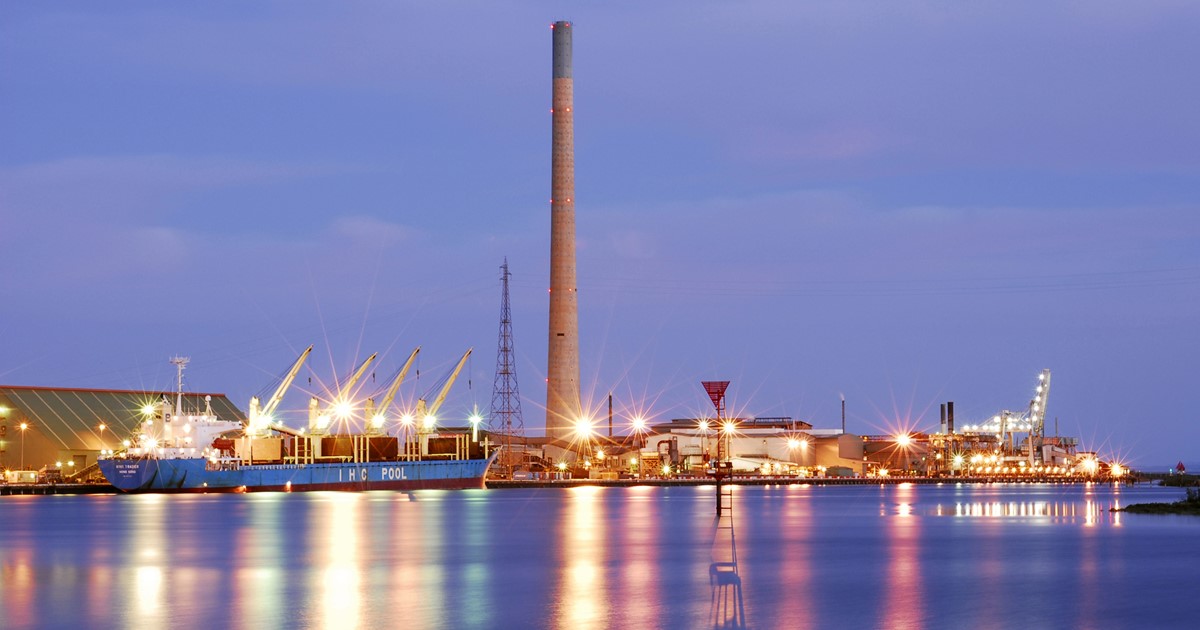|
What is Lead?
Lead is a bluish-white, shiny metal which is very resistant to corrosion. It is dense but also very soft, making it an excellent absorber of sound. It is the most abundant of the heavy metals and is a good conductor of electricity. It can be toxic if too much is absorbed into the body. It has a dark reputation. But lead is so critical for everyday life that it is the fifth most exploited metal in the world. Batteries are by far the largest consumer. Nevertheless, this dense but soft material remains useful as a component of crystal glassware, sound insulation, vibration absorbers and glazes. You can find it shielding users from radioactive components in televisions and computers. It’s also an electrical solder. And its corrosion-resistant nature makes it especially useful as a protective sheath for undersea electric and internet cables. Now its compounds are finding new applications in technologies, including infrared detectors, spectroscopic analysis and solar cells. How is it used?
Lead is a key component in the production of car batteries, pigments, solders, cable sheathing and radiation protection. It is also required in many sustainable products including hybrid and electric vehicles, photovoltaic panels, and renewable energy storage. As lead is very dense and highly absorbent, it is used as a radiation shield around X-ray, radiotherapy treatment and is even used in glass for TV and computer screens to protect viewers from radiation. Did you know? Lead was the first metal mined in Australia at Glen Osmond in 1841. Where is Lead mined in South Australia? Concentrates from various Australian mines are smelted and refined at Nyrstar’s Port Pirie smelter which is Australia’s sole producer of primary refined lead. The Port Pirie smelter has been in continuous operation for more than 130 years. |

